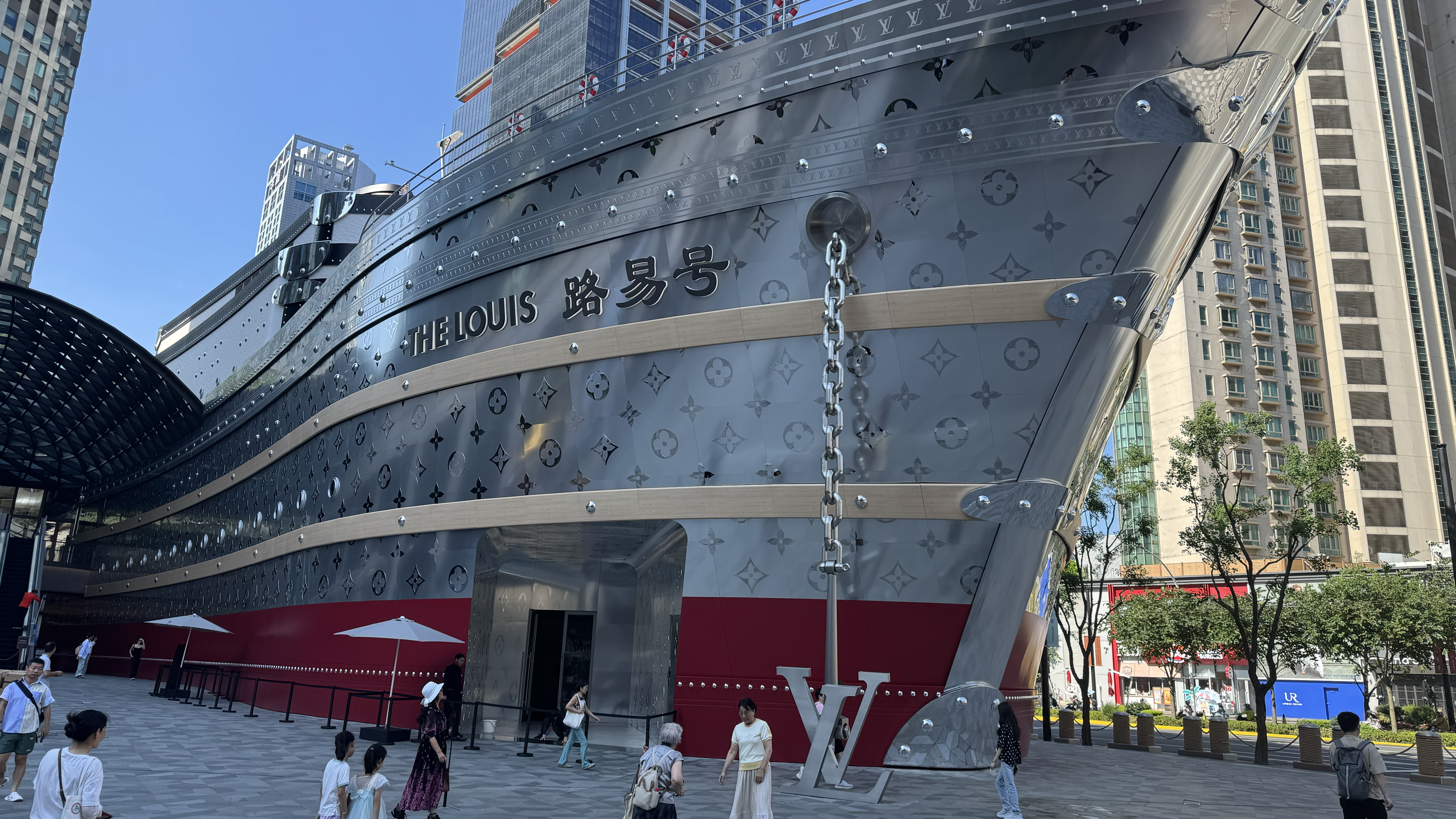When Australians started travelling overseas en masse in the 1980s, returning home was an essential and reassuring part of the experience. Adventures in exotic, underdeveloped and faintly dangerous places, especially in South East Asia, ended when you boarded a Qantas jet full of familiar faces, and landed at an airport where everything worked smoothly and all the staff said “g’day”.
In our lifetime, this has reversed. Ambitious Asian cities have bulldozed the grimy streets that harboured pick-pockets and drug dealers and replaced them with glittering air-conditioned shopping centres connected to new, massive, efficient airports by clean, cheap trains that run every few minutes. They exude optimism and purpose.
Board a jet bound home to Australia now, however, and despondency begins to set in. Your fellow passengers are mostly recent migrants with whom you share nothing but the same-coloured passport, whose relatives fill our arrival halls yelling greetings in every language except English, and where, upon arrival, the dusty, half-clean spaces are a reminder that Australia has become depressingly dysfunctional, with little of its own culture left, let alone optimism.
We are welcomed to our own country on a daily basis by half-indigenous grifters passive-aggressively claiming traditional ownership over the land, but on the one occasion when we really should be welcomed — returning home from overseas — all we get is an inflight video warning us that bringing bananas into Australia is a serious offence, a crappy corridor leading to moribund duty-free shops, a lethargic baggage-collection hall, long taxi queues, traffic jams and, in Melbourne, a ride on a crowded bus that dumps you in a dimly lit concrete cavern at Spencer Street Station, outside which most people look either miserable or on meth.
I’ve just returned from Shanghai and Hong Kong (filming a project that will be released soon) and couldn’t help noticing the technological wizardry of the former and the charming lingering historical resonance of the latter, neither of which, sadly, can or will apply in modern Australia, at least not in the current cultural and political environment.
Every night on the Bund, in Shanghai, a forest of 40-plus-storey skyscrapers is lit up with a light show that makes Vivid, the three-week midwinter equivalent on Sydney Harbour, look like a bunch of Boy Scouts playing with torches around a campfire. The crowd thronging the wide riverside pavements and adjacent malls last Saturday evening numbered, I’m guessing, more than 100,000.
Walking among them reminded me of the vibe at communal events in Australia years ago, before we traded our homogeneity for multiculturalism. The “vibrancy” we were promised never eventuated. Ironically, it was abundant on the Bund, where ethnicity, culture and prosperity are both tangible and seemingly inseparable.
We escaped the crowd by scoring an unreserved table at Mr and Mrs Bund, a Michelin-rated French restaurant overlooking the whole extravaganza where we ate delicious Australian wagyu steaks for half the price they would have cost us at home. (We found similarly cheap Australian meat products in a supermarket.) One is left speculating what negotiations our corporate and political elites made so Chinese people could pay less for our prime agricultural products.
There is a flip side to this. In China, all this harmonious progress is imposed from above, and driven to a significant extent by mobile phones. You can’t do anything without one, especially buy stuff. Credit cards are scarcely accepted, cash even less so. All transactions are done through the WeChat phone app. On the underground trains, the Chinese addiction to phones is painfully obvious. For all their civic harmony, Chinese can be conspicuously more occupied with their phones than with each other. It all looks conspicuously like part of the CCP’s grand plan to manipulate and monitor the citizenry. It’s as if the people willingly comply as long as their prosperity continues to increase.
The CCP doesn’t even try to conceal the irony of their ambitions. The Site of the First National Congress of the CCP (in 1921) in the Xintiandi neighbourhood is well preserved as a museum and heavily guarded. But it’s also surrounded by western retailers like Lululemon, Swatch, Cartier, Bottega and Häagen-Dazs and the hippest bars and restaurants in town. It turns out communists love commerce too.
The peaceful social harmony of Shanghai is also enforced by ubiquitous CCTV cameras and the complete absence of hustlers and down-and-outs on the streets, who presumably have been rounded up as slaves, along with the Uighurs, to make cheap consumer goods and solar panels destined for Australian suburban rooftops. (Now that I think about it, maybe that’s the trade-off for cheap premium meat.)
Much of Asia’s progress, such as it is, merely emulates the West. The light show on the Bund is just a modern higher-tech version of the neon that once made Times Square, Piccadilly Circus and to a lesser extent Kings Cross so enticing. Asians are simply embracing the spirit of innovation and urban excitement that we in the West have lazily abandoned. But with one exception: their technology is mostly appropriated from us.
The same applies to their consumer habits. Louis Vuitton opened a new store in Shanghai last month, in the shape of a five-story ocean liner, and crowds of locals gather around it every day to take photos next to it before popping into the adjacent Starbucks — the second biggest in the world — for a western-style lunch.
Asian aspirations are largely Western. They are dazzled by the sort of consumerism that we, in our postmodern disenchantment, now find unfulfilling. This is understandable, to a point, but what have we replaced that with? The answer is nothing.
Visiting these Asian cities is a reminder that Western technical sophistication only dazzles when it is accompanied by a robust, ambitious culture. Even the tyrants of the CCP know this. What they haven’t figured out, and possibly never will, is that innovation and invention are the products of individual liberty and intellectual curiosity. Only the West has that. Or it used to.


